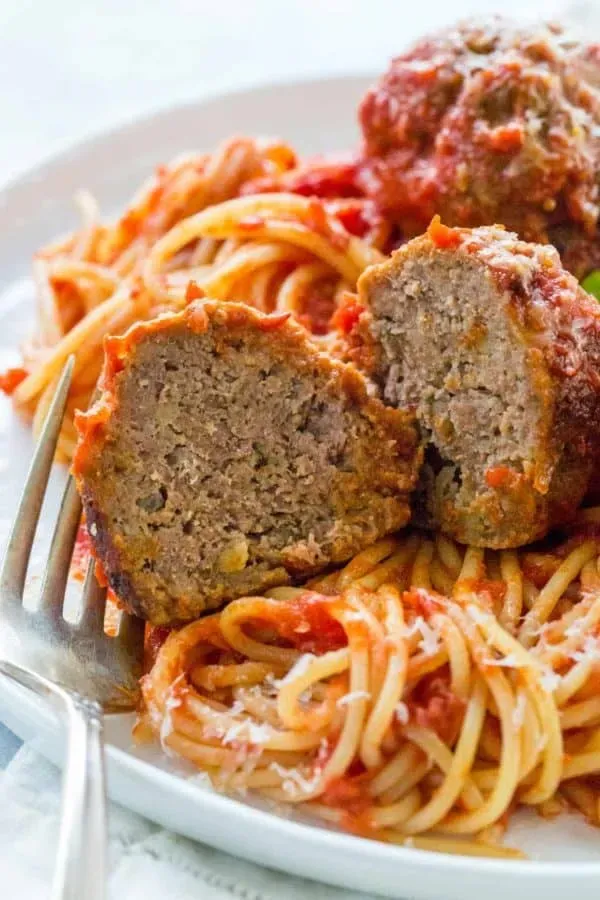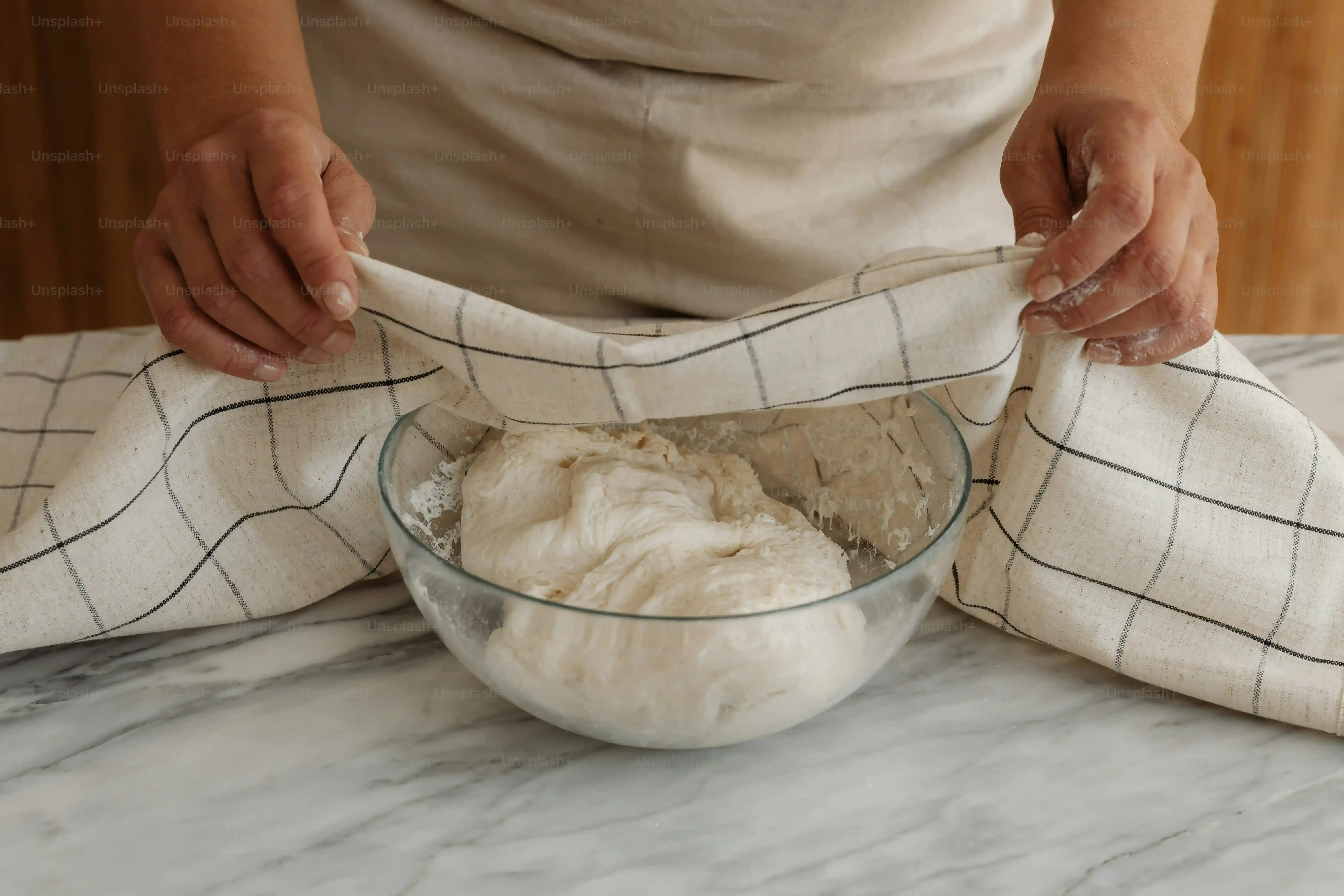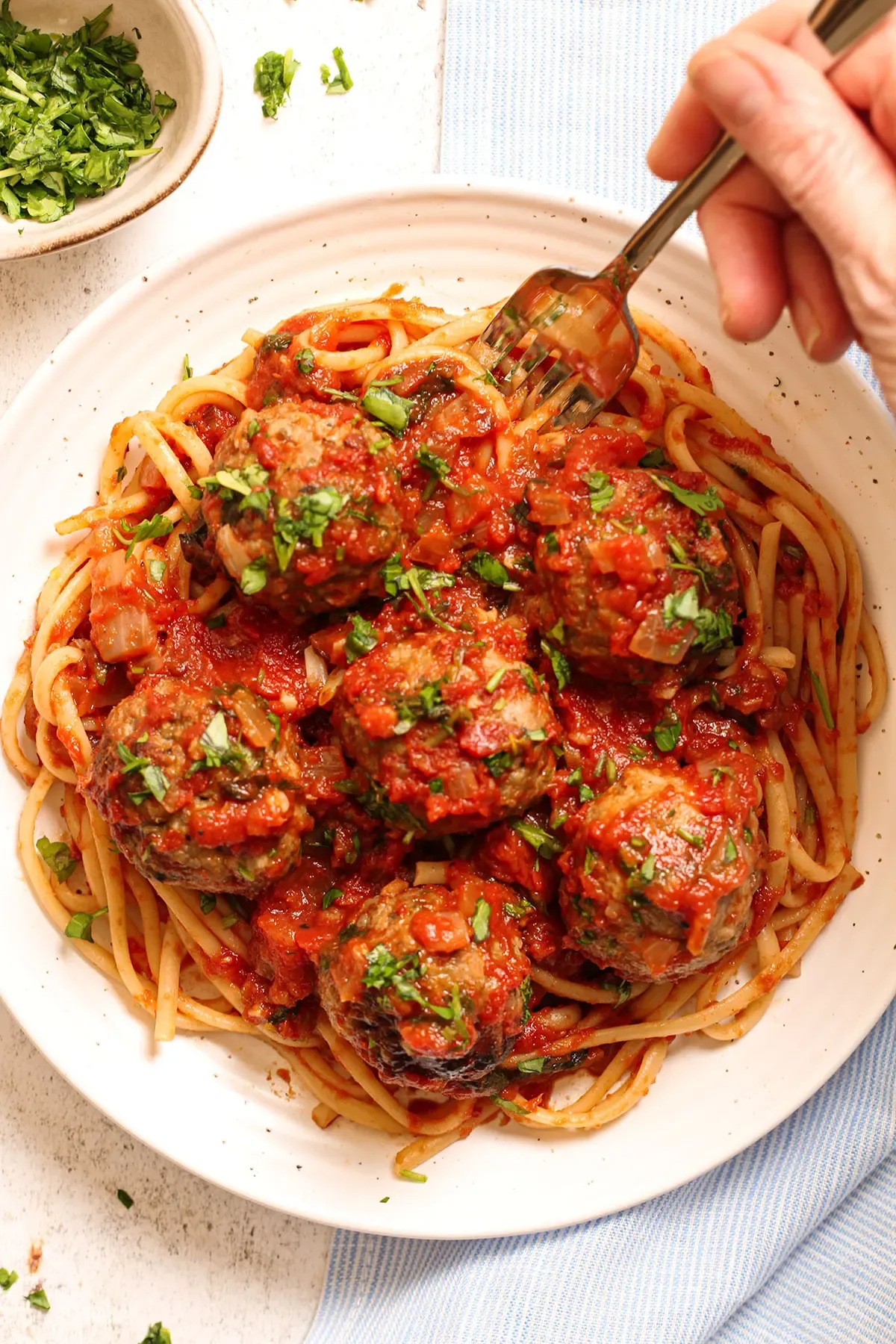Table of Contents
Let's be honest, dry meatballs are a culinary tragedy. You bite into what you hope will be a tender, juicy morsel, only to get something akin to flavored sawdust. It’s a common pitfall in the world of Italian-American cooking, and one that sends many home cooks scrambling for a solution.
The Secret Ingredient: Why Bread and Milk Make Tender Meatballs

The Secret Ingredient: Why Bread and Milk Make Tender Meatballs
Unlocking Tenderness with the Panade
You've probably seen it in old family recipes or classic cookbooks: a step instructing you to soak stale bread in milk before mixing it into the meatball mixture. It might seem a bit odd, maybe even unnecessary if you're used to just dumping in dry breadcrumbs. But this simple step is arguably the most critical part of achieving that sought-after tender, juicy texture in anitalian meatball recipe with bread and milk. This humble blend of bread and milk forms what's called a panade (pronounced pa-NAHD), and it's the secret weapon against dry, dense meatballs.
How the Panade Works Its Magic
So, what's actually happening when you soak bread in milk? The bread, ideally stale or at least day-old, acts like a sponge. It absorbs the milk, creating a soft, paste-like consistency. When you mix this panade into the ground meat, the starches in the bread swell and create a network that traps moisture. Think of it as building tiny little dams within your meatballs, preventing the meat's natural juices from escaping during cooking. This is fundamentally different from dry breadcrumbs, which can sometimes absorb *too much* moisture from the meat itself, leading to dryness.
Here's why the panade is superior:
- It adds moisture directly to the mix, not just absorbing what's already there.
- The softened bread creates a lighter texture compared to dense crumbs.
- It helps bind the mixture without making it tough.
- It distributes flavor more evenly throughout the meatball.
Beyond Just Filler: Texture and Flavor
Using a panade isn't just about hydration; it significantly impacts the final texture. Meatballs made with dry breadcrumbs can often feel crumbly or heavy. The panade, however, results in a meatball that's incredibly soft and almost melts in your mouth. It also provides a subtle richness from the milk and helps carry the flavors of herbs, garlic, and cheese throughout each bite. It's the difference between a forgettable meatball and one people will ask you about, guaranteed.
Gathering Your Ingredients for This Italian Meatball Recipe with Bread and Milk

Gathering Your Ingredients for This Italian Meatball Recipe with Bread and Milk
Choosing the Right Meat Mix
so you've decided to tackle thisitalian meatball recipe with bread and milk. Good call. First things first, let's talk meat. You can go straight beef, sure, but if you want that classic Italian flavor and texture, a mix is the way to go. A common and excellent blend is half ground beef (something with a bit of fat, like 80/20) and half ground pork. The pork adds moisture and a richness that plain beef just can't match. Some folks even throw in a bit of ground veal for extra tenderness, making it a "polpette" blend (beef, pork, veal). Whatever you choose, make sure it's fresh and hasn't been sitting around forever.
Beyond the Meat: Bread, Dairy, and Aromatics
Now for the stars of this particular show: the bread and milk. Don't grab that super fresh, soft stuff. Day-old bread works best because it absorbs the milk without turning into a gummy mess. Crusty Italian bread or even basic sandwich bread will do. Tear it into pieces, don't slice it neatly. As for the milk, whole milk is ideal for richness, but 2% or even skim will work in a pinch. Besides the panade, you'll need eggs to help bind everything, grated Parmesan cheese for that salty depth, minced garlic, fresh parsley, salt, and black pepper. Some recipes call for finely grated onion, which adds moisture and a sweet savory note without the crunch of chopped onion.
- Meat: 1 lb ground beef (80/20), 1 lb ground pork (or veal)
- Bread: 3-4 slices day-old Italian or sandwich bread
- Dairy: 1/2 cup whole milk, 1/2 cup grated Parmesan cheese
- Aromatics: 3-4 cloves garlic, minced; 1/4 cup fresh parsley, chopped; salt and pepper to taste
- Binder: 1-2 large eggs
Cooking Methods for Your Italian Meatball Recipe with Bread and Milk

Cooking Methods for Your Italian Meatball Recipe with Bread and Milk
Pan-Frying for That Perfect Sear
Alright, so you've mixed up your beautiful batch of meatballs using that trustyitalian meatball recipe with bread and milk. Now comes the moment of truth: cooking them. One of the most popular methods, and arguably the best for developing a deep, savory flavor, is pan-frying. You heat up a good amount of olive oil in a large skillet over medium-high heat. You want the oil hot enough to sizzle immediately when a meatball hits it, but not so hot it smokes like a chimney. Carefully place the meatballs in the hot oil, making sure not to overcrowd the pan. Cook them for a few minutes on each side, rotating them gently with tongs. You're looking for a beautiful golden-brown crust all around. They won't be cooked through yet, but that initial sear is crucial for locking in juices and building flavor.
Baking for Easier Cleanup (and Less Mess)
Maybe standing over a hot, splattering pan isn't your idea of a good time. Totally fair. Another excellent way to cook youritalian meatball recipe with bread and milkis by baking. This method is much more hands-off and results in a slightly less crispy exterior than pan-frying, but the interior stays incredibly moist. Preheat your oven to around 400°F (200°C). Arrange the formed meatballs on a baking sheet lined with parchment paper (easy cleanup!). Make sure they aren't touching so they cook evenly. Pop them in the oven for about 18-25 minutes, depending on their size. You'll know they're done when they're cooked through and firm to the touch, often with a little juice running clear if you poke one.
Troubleshooting & FAQs for Perfect Italian Meatballs

Troubleshooting & FAQs for Perfect Italian Meatballs
Why Are My Meatballs Dry or Falling Apart?
so you followed theitalian meatball recipe with bread and milkto the letter, or so you thought, and your meatballs ended up dry or decided to disintegrate in the sauce. This is frustrating, but usually fixable. Dryness often comes down to overmixing or using too lean of meat. When you overmix, you develop the proteins in the meat too much, making them tough and squeezing out moisture. Be gentle! Mix just until everything is combined. Falling apart can happen if you didn't use enough binder (eggs or maybe your panade wasn't quite right) or if you didn't chill the mixture briefly to help it hold shape before cooking. Also, check your bread-to-meat ratio; too much bread can make them mushy and prone to falling apart, while too little defeats the purpose of the panade entirely.
- **Too Dry:** Don't overmix the meat. Use meat with some fat content (like 80/20 beef). Ensure your panade is moist.
- **Falling Apart:** Don't skip the egg binder. Chill the mixture before forming. Make sure the bread is fully soaked and incorporated.
- **Rubbery/Tough:** Definitely overmixing is the culprit here. Or potentially using only lean meat.
- **Lack of Flavor:** Be generous with salt, pepper, garlic, and cheese. Taste a tiny cooked bit of the mixture before rolling if you're unsure (yes, raw meat, just a tiny speck!).
Can I Make These Ahead or Freeze Them?
Absolutely. One of the beauties of a soliditalian meatball recipe with bread and milkis its make-ahead potential. You can mix the meatball mixture, form the balls, and keep them covered in the fridge for up to 24 hours before cooking. This actually helps the flavors meld and makes them easier to handle. For longer storage, freezing is your friend. Cook the meatballs fully using your preferred method (pan-frying or baking works great for this). Let them cool completely, then arrange them in a single layer on a baking sheet and flash freeze them until solid. Once frozen, transfer them to a freezer-safe bag or container. They'll keep well for up to 3 months. Reheat them gently in sauce on the stovetop, in the oven, or even in the microwave if you're in a rush (though the stovetop in sauce is best for retaining moisture).
Mastering the Meatball: A Simple Secret Unlocked
So there you have it. The humble combination of bread and milk, often overlooked or dismissed, stands as a cornerstone of truly tender Italian meatballs. It's not rocket science, just good old-fashioned kitchen wisdom proving that sometimes, the simplest methods yield the most impressive results. Stop settling for dry, dense meatballs. Embrace the panade, follow these steps, and you'll be turning out meatballs that are juicy, flavorful, and guaranteed to disappear from the plate faster than you can say "mangia!"